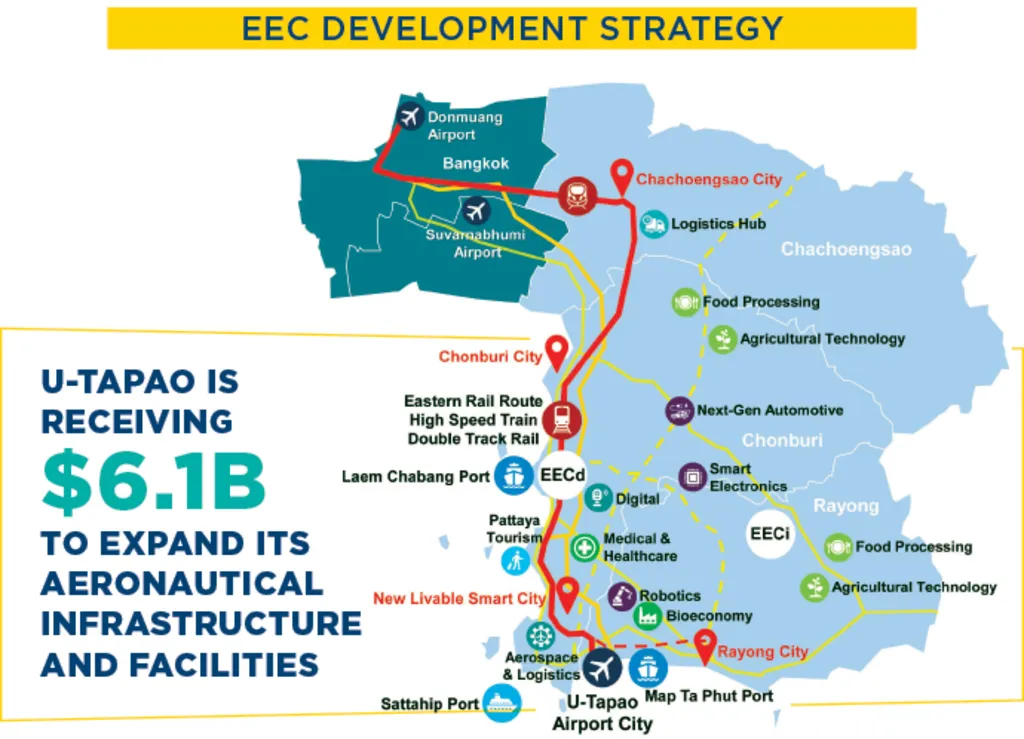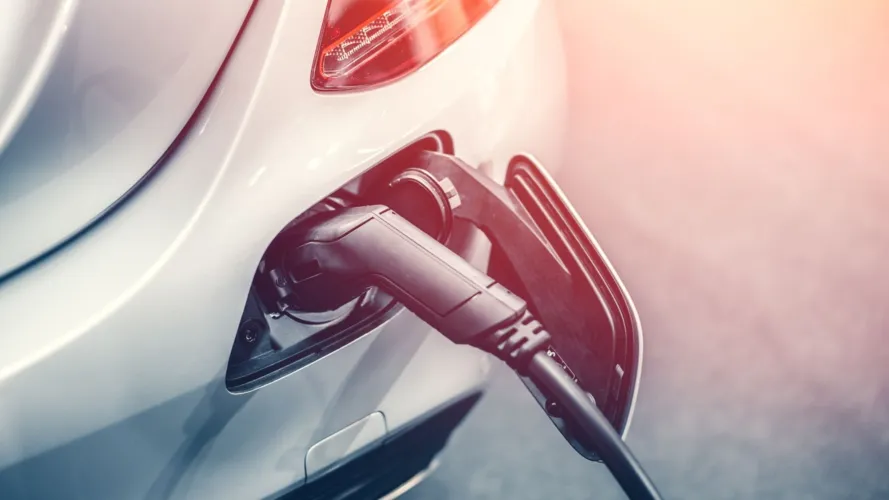Thailand’s Eastern Economic Corridor (EEC) is the backbone of the nation’s future economy. Spanning 13,285 square kilometers across Rayong, Chonburi, and Chachoengsao, it already contributes 20% of the country’s GDP. Now, a bold new phase of Thailand Eastern Corridor growth is underway, one that promises to reshape the country’s industrial and technological landscape. Let's dive deeper!
Massive Investment and Job Creation Through Thailand Eastern Corridor Growth
The Thai government has mapped out an ambitious plan: attract $44 billion in investment over the next five years and create 200,000 jobs by 2037. Much of this funding will come from foreign direct investment, focusing on advanced manufacturing and services.
In just the first quarter of 2024, authorities approved 724 investment projects worth $6.28 billion, with the electronics sector alone drawing $2.1 billion across 91 projects. That momentum is being driven by policies designed to make the EEC a magnet for innovation and sustainability.
Advanced Industry and Innovation at the Core
The EEC is shifting from traditional industries to future-focused sectors. These include smart electronics, robotics, next-gen automotive, biochemicals, aviation, and AI-driven manufacturing. More than 30 private firms have pledged investments totaling 210 billion baht, targeting areas such as electric vehicles, digital health, and bio-circular-green economy initiatives.
The aim is clear: turn the EEC into a smart industrial hub, capable of competing with the most advanced global regions.
Thailand Eastern Corridor Growth: From Infrastructure to Smart City Vision

Infrastructure is key to this transformation. The corridor will soon be connected by a high-speed rail system linking three major airports, along with the expansion of U-Tapao International Airport, expected to be completed by 2029. These upgrades will improve logistics, attract more talent, and increase regional competitiveness.
But the EEC vision goes beyond transport. It aims to become a global top 10 smart city and financial hub by 2037. Plans include integrating smart technologies like IoT and AI for city management, enhancing green space, and developing a highly skilled workforce to support high-tech sectors.
Sustainability and Global Competitiveness
Thailand is not just building an economic zone—it’s crafting a model for sustainable urban and industrial development. Green building codes, energy-efficient infrastructure, and a strong focus on bio-circular-green industries ensure that the EEC is both economically and environmentally sustainable.
As the world moves toward digital transformation and carbon-neutral growth, the EEC stands out as a case study in balanced, future-ready industrial planning.
Read Also: How the Sudden Thailand–Cambodia Border Closure Disrupts Regional Supply Chains
Public-Private Partnerships Fueling Growth
A critical driver of the Thailand Eastern Corridor Growth is the strategic collaboration between the government and global corporations. Leading the charge is Toyota, which pledged $2.3 billion to expand its EV production in the EEC, while Amazon Web Services (AWS) committed $5 billion to build cloud infrastructure and data centers. Chinese tech giant Huawei is also investing $1.5 billion in a 5G innovation hub, positioning the EEC as a Southeast Asian tech nexus.
Thailand Eastern Corridor Growth: A Smart Corridor for a Smarter Thailand
The scale of Thailand Eastern Corridor growth is unmatched in the region. With a clear strategy, significant capital, and global partnerships, the EEC is set to become a new engine of regional and global economic activity. From smart cities to green industries, and from AI labs to job creation, the EEC isn’t just a corridor—it’s a launchpad for Thailand’s long-term prosperity.
Read Also: Smart Moves Behind Thai Strategies for Tourism Recovery







